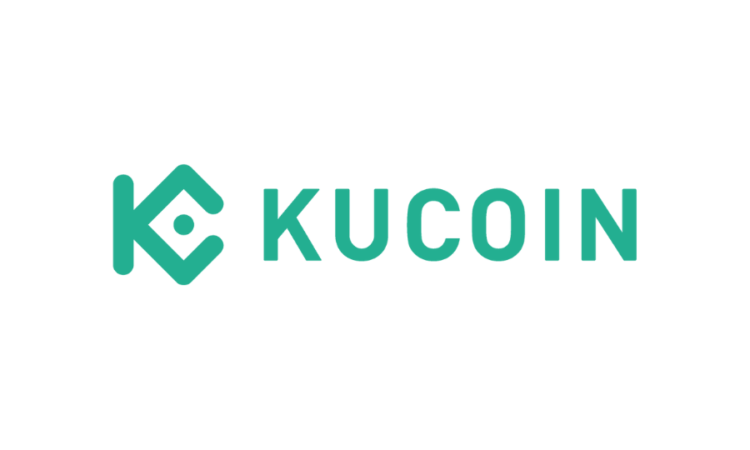
The Seychelles-based crypto exchange launched with an initial coin offering in 2017. Founded as “the people’s exchange,” KuCoin ranks among the world’s top 10 largest crypto exchanges by volume, according to CoinMarketCap.com.
As mentioned, KuCoin is not licensed in the U.S. This means U.S.-based users may sign up for accounts, but they will remain “unverified,” which limits access to certain features. Outside of the U.S., KuCoin also has similar limitations.
Fees
KuCoin’s trading fees are very competitive. Investors receive discounts based on their average monthly holdings of the platform’s native token, KCS, or their previous month’s trading volume. They can slash fees even further if they pay with KCS.
Like most crypto exchanges, KuCoin has a maker/taker fee structure, meaning you pay different fees depending on whether your order is considered a maker or a taker.
Makers create liquidity on an exchange by providing new open orders to be filled by others. Takers, meanwhile, reduce liquidity by filling existing maker orders.
The level of maker/taker fees vary based on the trading level and the “class” of the coin being traded on KuCoin. Cryptos on the exchanges are sorted into the following categories: Class A, Class B and Class C.
Most popular cryptocurrencies, such as Bitcoin (BTC) and Ethereum (ETH), are in Class A. For trading, a Class A coin and the basic level of Level 0 (LV0), the maker/taker range is 0.1%/0.1%, respectively.
More obscure coins, like Love Coin (LOVE), fall under Class B, trading with a 0.2%/0.2% maker/taker fee for that low-volume level of LV0.
Very few coins are listed on Class C—and the ones that are listed you’ve probably never heard of. Class C is filled with cryptos like BURP and HIPUNKS, cryptos with less than $1 million in market cap.
Like most crypto exchanges, you pay a fee to withdraw almost all cryptocurrencies from your KuCoin account. For instance, the current fee to withdraw Bitcoin from the platform is 0.0005 BTC, which would amount to approximately $10.12, at the time of this writing.
The fee depends on the specific coin, so be sure to check these before you make your purchase if you plan to transfer your coins to another wallet or exchange.
Security
KuCoin partnered with Singapore-based crypto asset security platform, Onchain Custodian, which maintains custody of KuCoin’s crypto assets. In addition, those assets are backed by Lockton, a private insurance brokerage.
The platform offers standard security measures, including identity verification, trading passwords and anti-phishing phrases.
However, U.S. users need to be aware that, due to their inability to complete KYC verification, their accounts may not be as secure as international accounts. KuCoin doesn’t offer unverified accounts the same fraud and hacking protection as verified accounts.
Opening a KuCoin Account
Opening a KuCoin account is very easy. Simply go to the KuCoin website, click the sign-up button and enter your email. KuCoin will send you a verification code that you can then input to set up your password. You can also sign-up for KuCoin with a phone number.
Once the sign up is complete, you’ll have the opportunity to enter your security settings. These include identity verification for logging in or transactions, a trading password and anti-phishing safety phrases. Once your security settings are complete, you’re ready to start trading crypto.
Since KuCoin is not licensed in the U.S., customers based in the U.S. can’t complete the KYC process or access verification benefits like higher daily withdrawal limits, fiat trading, higher futures leverage and quicker account recovery if you forget your credentials or your account gets hacked.
Cryptocurrencies Available on KuCoin
With more than 700 coins supported by the KuCoin platform, new and experienced investors can find pretty much any cryptocurrency they are interested in purchasing or trading. The most popular coins include:
Top 60 coins available on KuCoin’s
A full list of KuCoin coin offerings can be found here.






